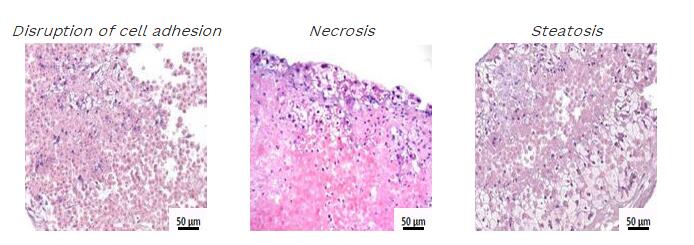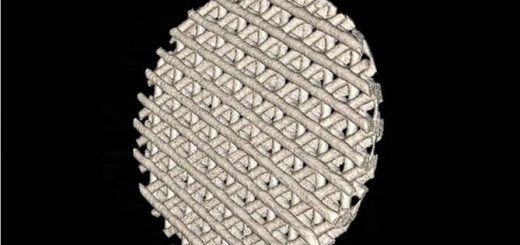Organovo Achieves Key Development Milestones for Its Liver Disease and Intestinal Tissue Models
Organovo today announced that along with its collaborators, it has achieved several breakthrough capabilities for its 3D bioprinted tissues. At last week’s International Liver Congress, two posters were presented illustrating the Company’s ability to create functional human liver tissue, produce a spectrum of NASH disease conditions, and then treat that disease successfully with a client’s development stage non-alcoholic steatohepatitis (“NASH”) drug. These posters highlighted the performance of Organovo’s human liver model in the generation of a robust non-alcoholic fatty liver disease (“NAFLD”) and NASH phenotype, including the presence of ‘gold standard’ histopathologic features.
“No other in vitro modeling system allows drug researchers to explore the evolution of NASH and related treatment strategies using histology, the only accepted measurement for efficacy, based on visual confirmation of the cellular disease process under a microscope,” said Taylor J. Crouch, CEO, Organovo. “Industry leaders at the International Liver CongressTM spotlighted the need for measurable ways to explore the efficacy of the approximately 250 NASH drug programs in relevant, translatable human systems. Organovo’s ExVive® tissue modeling capabilities represent a major advancement for drug development. We are particularly excited that we can work with clients to explore their clinical stage drug candidates, allowing them to address the patient specific needs of their drugs.”

Analogous to human tissue biopsies, different patterns of damage can be detected histologically in ExVive™ 3D Bioprinted Liver Tissue using various treatments (H&E).
Organovo continues to map out a range of relevant conditions for creating NASH, including all components of the disease (fat accumulation, inflammation and fibrosis). In addition to assessing donor-specific susceptibility to NAFLD/NASH conditions, the Company is also systematically testing major reference classes of compounds targeting NASH to inform treatment strategies. Ultimately, Organovo’s “patient-on-a-plate” platform allows researchers to conduct a broad range of high-value profiling studies in a more relevant, rapid and cost-effective manner than traditional cell culture and animal models before committing significant resources to human clinical trials.
Organovo and Merck & Co. (“Merck”) also jointly published a peer-reviewed study describing the Company’s bioprinted human intestinal model, which exhibits compelling architecture, barrier and metabolic functions, while also being able to model key aspects of toxicity and inflammation.
“The gut model is an exciting addition to our portfolio of high-value drug modeling platforms,” said Dr. Sharon Presnell, chief scientific officer, Organovo. “Its performance and features outshine current in vitro systems, and also has the potential to facilitate systems biology approaches for the study of diseases such as NAFLD and NASH, where disease initiation and progression involve significant interplay between the intestine and liver.”
Source: Organovo




Recent Comments